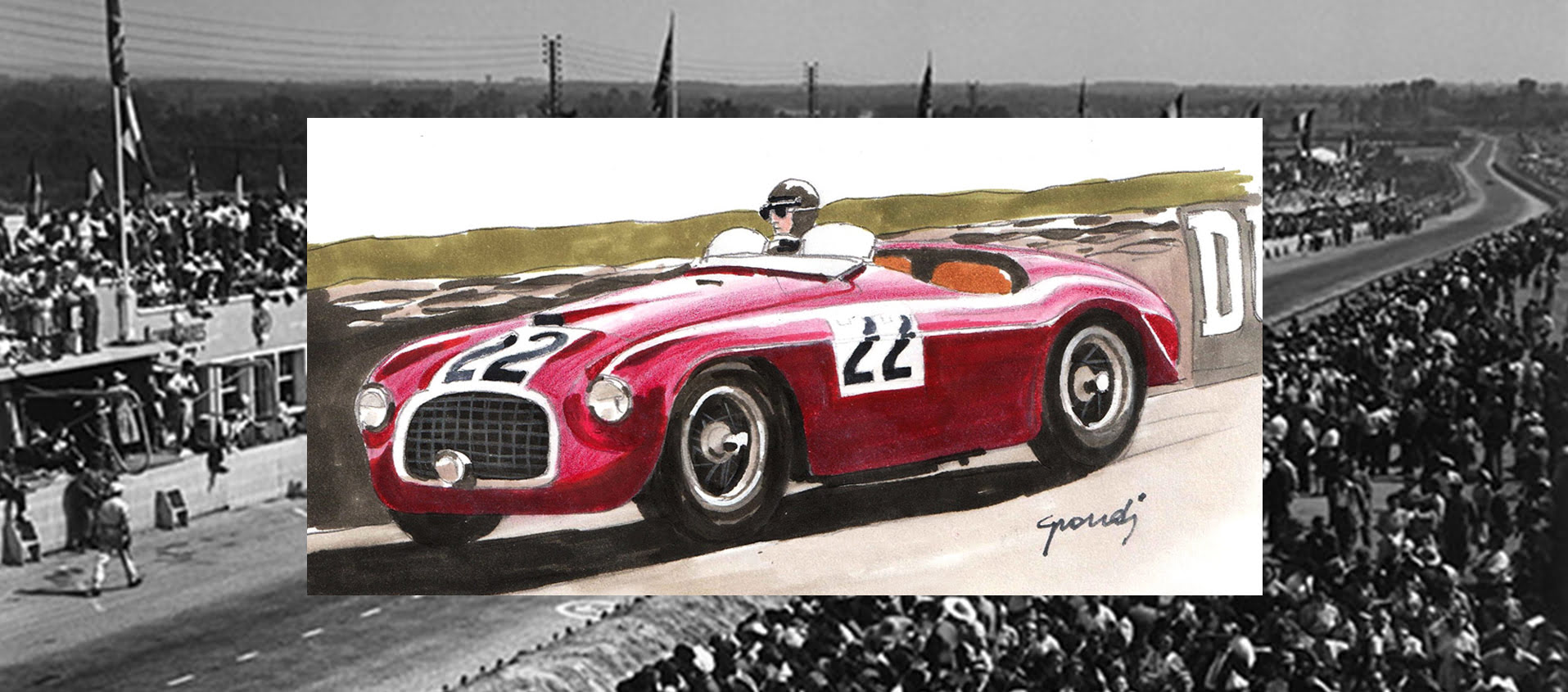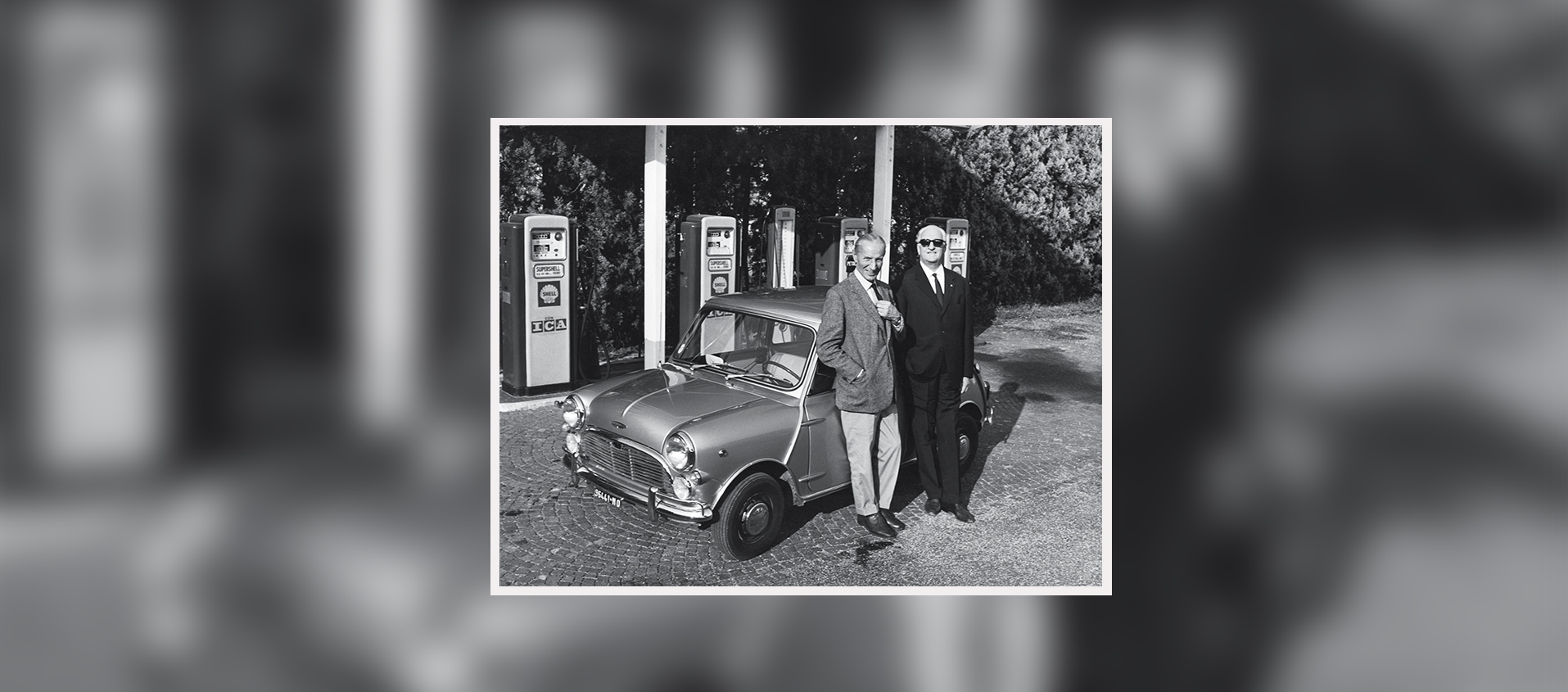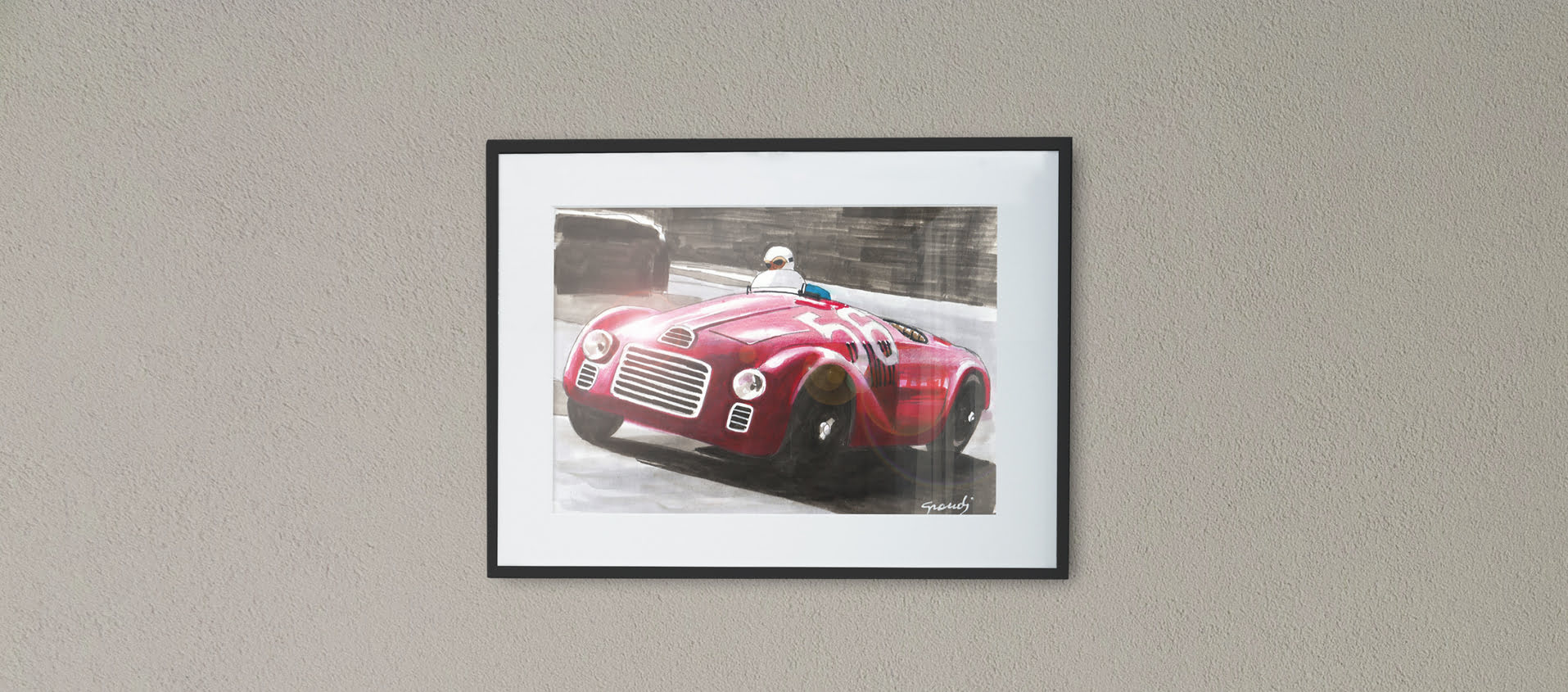Who financed Ferrari?
01 March 2021 3 min read 9 images

It’s curious to think how Enzo Ferrari, such a visionary and authoritative character, had a certain reluctance towards everything that was distant from wherever he was. He had never liked to travel and as the years passed, he did so less and less. For him, Modena was the centre of the world “in Modena I am Ferrari, anywhere else I’m just one of many” he used to say. But in many ways his talent helped him overcome his reluctance to become international.
Register to unlock this article
Signing up is free and gives you access to hundreds of articles and additional benefits. See what’s included in your free membership. See what's included in your free membership.
Already have an account? Log In

